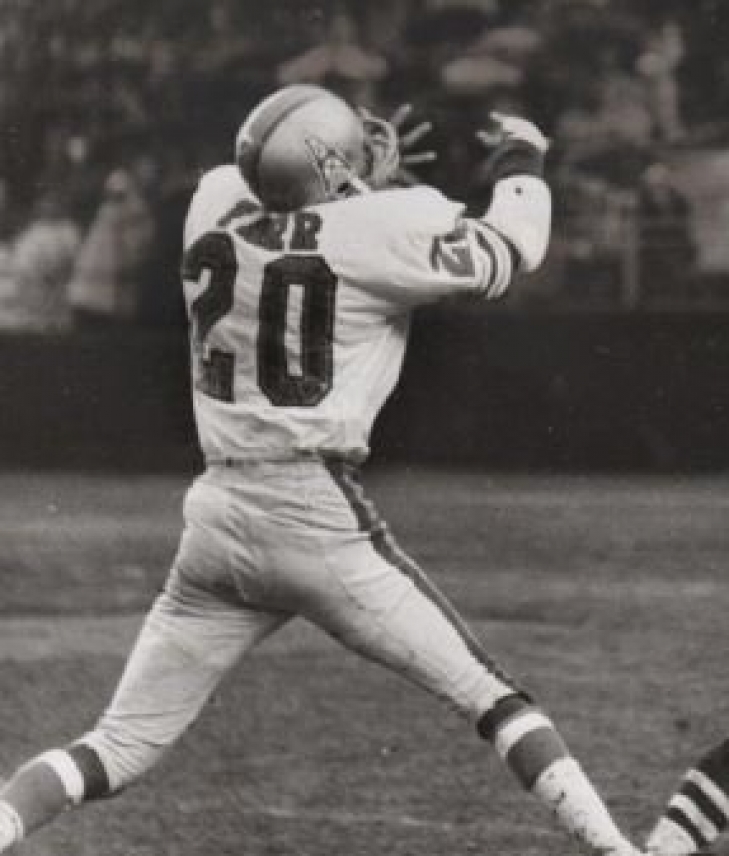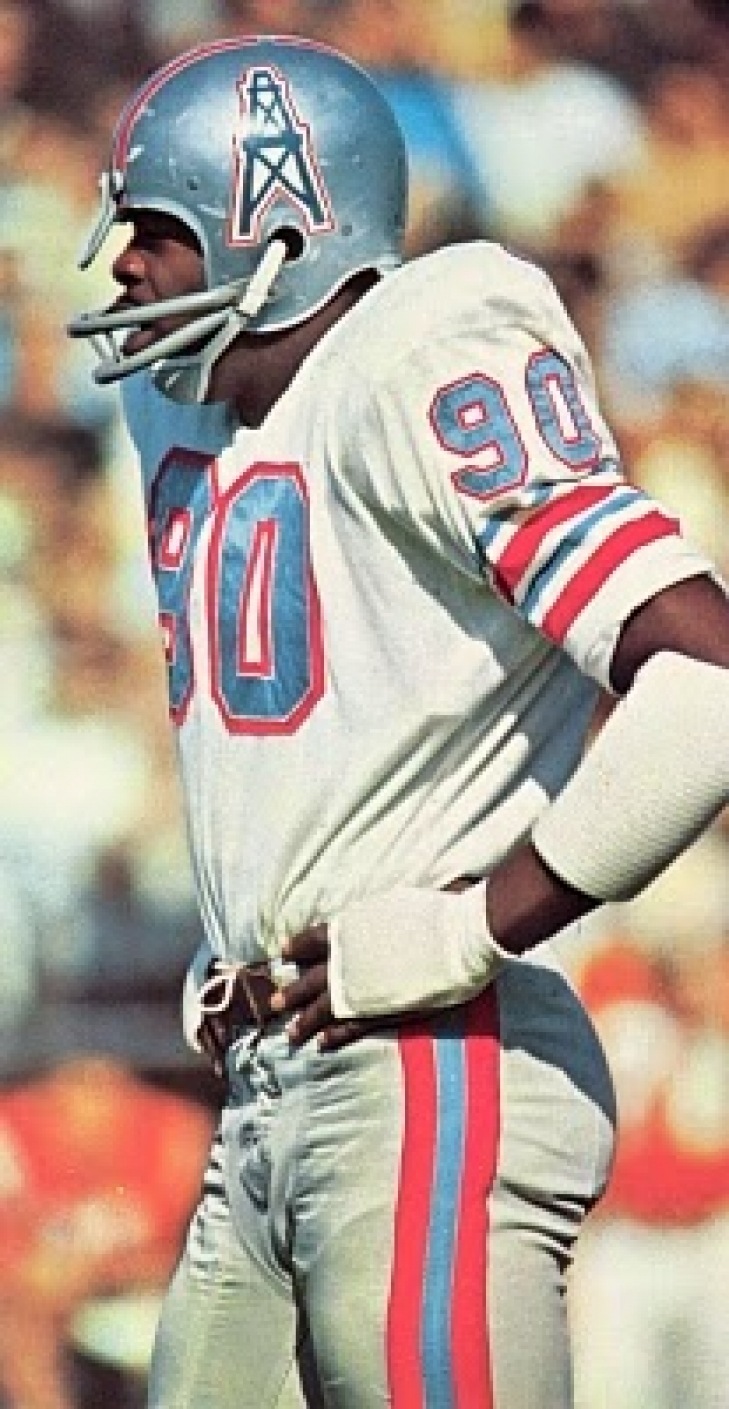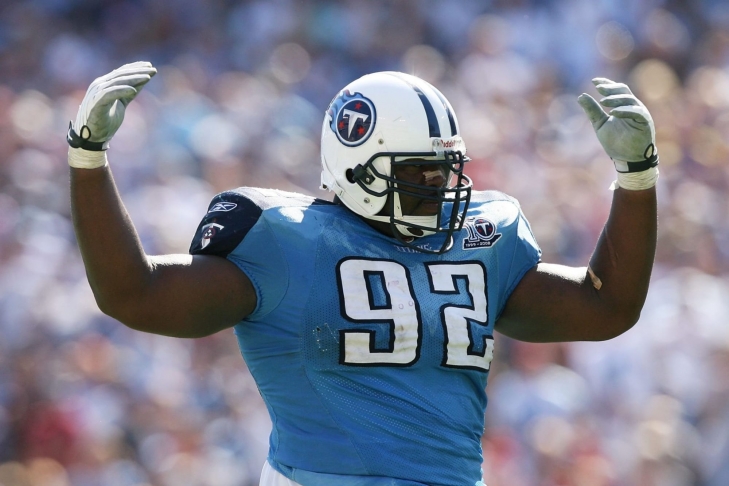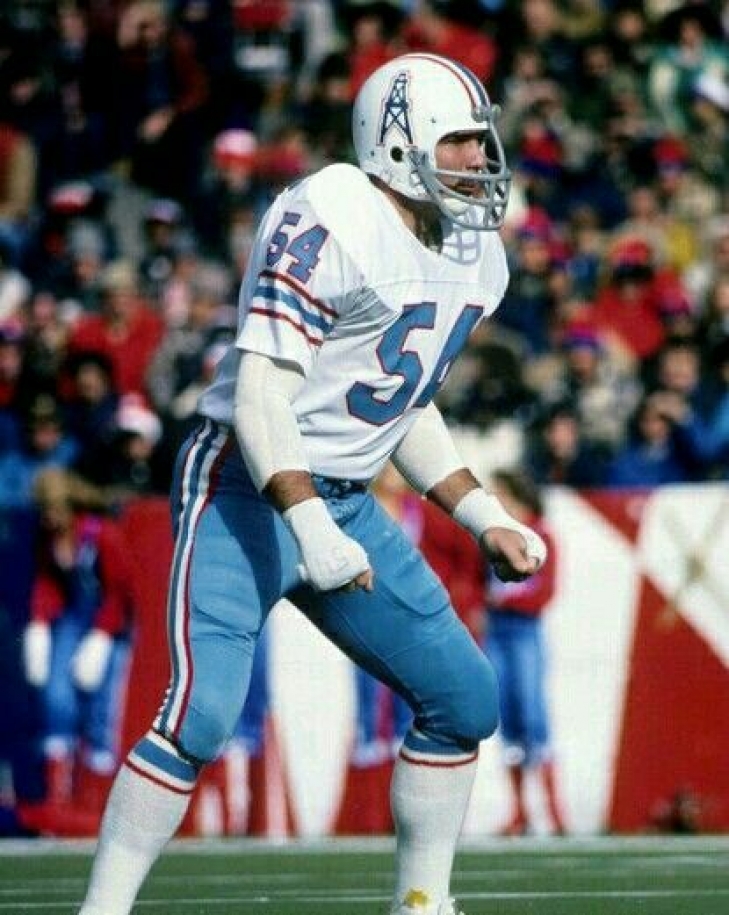
Committee Chairman
35. Miller Farr
The first two years of Miller Farr's pro career could only be classified as "O.K.," as the Defensive Back from Wichita State was not a head-turner in his time with Denver and San Diego. Farr joined the Oilers in 1967, and for a three-year period, he was one of the best Corners in the AFL.
Farr exploded with an AFL-leading 10 Interceptions and 264 Interception Return Yards. He was rewarded with a First Team All-Pro Selection, and he was so again in 1968, though Farr was not going to sneak up on anyone anymore and was rarely targeted by opposing Quarterbacks. Farr was stellar again in 1969, collecting a third straight AFL All-Star nod.
He would bolt for the St. Louis Cardinals after, but he was never the same player again that he was with Houston. Farr amassed 19 Interceptions with the Oilers, an excellent number for only three years of service.
34. George Webster
George Webster was a beast at Michigan State, earning two All-Americans and a trip to the College Football Hall of Fame. The Houston Oilers grabbed him Fifth Overall in the first ever Common Draft between the AFL and NFL, and for the first three seasons, he was incredible as a pro.
In the aforementioned time frame, Webster was named a First Team All-Pro and an AFL-All Star. Webster, who UPI named the Rookie of the Year (1967), controlled the middle of the field expertly and was go good in those three seasons, that he was named to the AFL All-Time Team.
After 1969, a barrage of injuries beset Webster, and he was never close to being the same player. His role diminished, as did his health, and he was released during the 1972 Season.
Webster's peak pro period was brief but was impactful.
33. Albert Haynesworth
There is a lot to unpack with Albert Haynesworth, but for a two-year period, he was in the conversation as the best defensive player in football.
Haynesworth's ascendence to the upper rung of Defensive Tackles seemingly came out of nowhere despite being a First Round Pick (2002). Haynesworth only started five Games as a rookie, and while he became a starter as a sophomore, he was not considered one of the top players at his position, nor would he be until 2007, though the year before he became infamous when he stomped on the face of Dallas’ Center, Andre Gurode.
Haynesworth’s game shot up in 2007, where he put up then career-highs in Sacks (8.5) and had 12 Tackles for Loss. His skill caught up with his ferocity, and he had an even better 2008, where he had 8.5 Sacks, 51 Combined Tackles, and 15 Tackles for Loss. Haynesworth was a First Team All-Pro both of those seasons, was the runner-up in 2007 for the Defensive Player of the Year, and was fourth in 2008. It was Haynesworth’s last year as a Titan, and as it would turn out, his last good year in football.
Haynesworth signed with the Washington Redskins as a Free Agent, and he was out of the game three years later. He might have been a controversial figure at one time, but his peak period in Tennessee has few equals.
32. Gregg Bingham
From Purdue, the Houston Oilers drafted Greg Bingham in the Fourth Round of the 1973 Draft, which would be the only pro team that the Linebacker played for.
Bingham started all 173 of his Games for the Oilers, recording 21 Interceptions with 14.5 Quarterback Sacks. Known for his all-out effort in every play, Bingham gave everything he had and was known as a cerebral defensive player.





